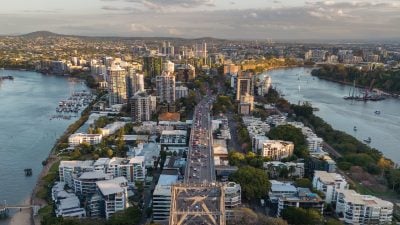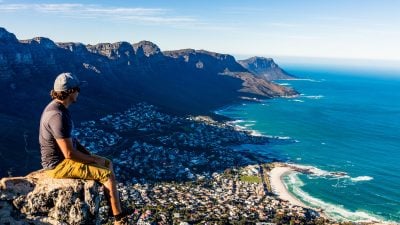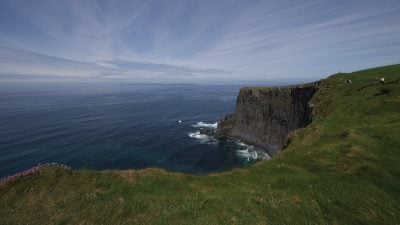Home / Latin America & Antarctica / How to Make the Best of Your T…
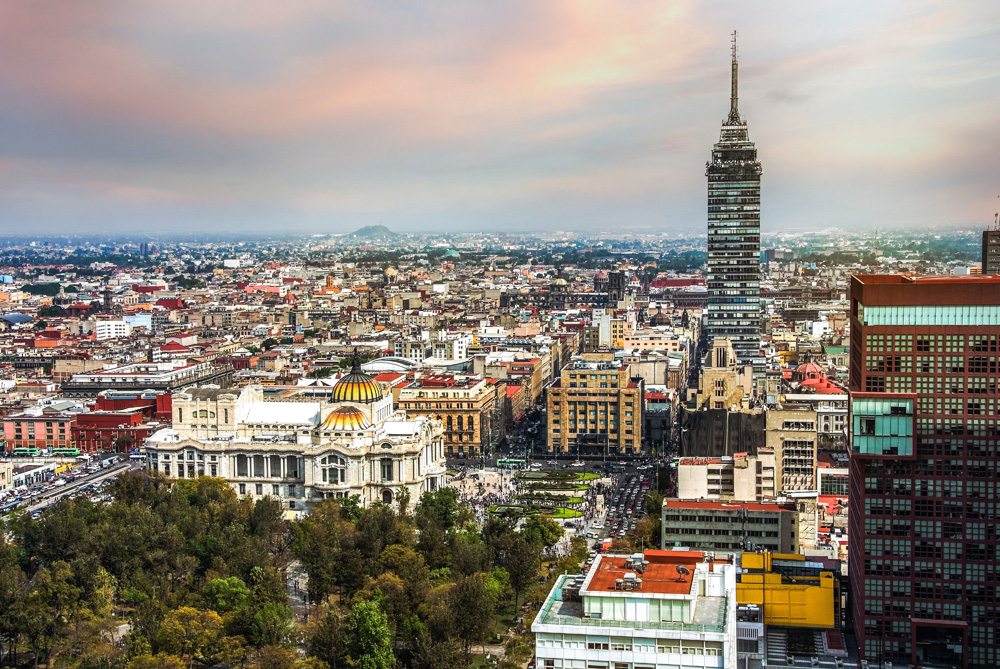
How to Make the Best of Your Time in Mexico City on a Mexico Vacation
Mexico City is an immense metropolis, but when broken down into neighbourhoods, it makes your Mexico vacation a whole lot more interesting and enjoyable.
Having spent quite a bit of time in Mexico City, I find it offers the visitor a wealth of attractions. It has a long and colourful history and this is reflected in its architecture, museums and other venues. In my opinion, the easiest way to get to know this city of 30 million inhabitants is to take one interesting neighbourhood at a time and explore it on a Mexico vacation. So let’s take a look at 6 different ones that I feel will give you not only an insight into the essence of Mexico City, but also make the most of your available time here.
The Historic Centre
The Historic Centre, or as it is known locally, the Centro Historico de la Ciudad de Mexico is very much focused on the Zocalo, the name of the main plaza. If you plant yourself in the Zocalo, which happens to be the largest plaza in South America, you can probably spend most of the day checking out the large number of things to see, do, and experience here on your trip to Mexico. The Zocalo itself occupies 668 blocks and contains 9000 buildings, of which 1550 of them have been declared of historical importance. The National Palace borders the entire east side of the plaza and contains the offices of the President of Mexico as well as other important government offices. An interesting fact is that the president rings the bell known as the Campana of Dolores every September 15th to celebrate independence from the Spanish. A must is to inspect the Diego Rivera murals in the palace courtyard. He is Mexico’s most famous painter who, between 1929 and 1951, painted an immense canvas on the walls inside the palace courtyard depicting Mexican civilization from the days of the Aztecs to the post-revolution period (after 1920). I found it not only informative but fascinating.
At the north end of the Zocalo is the imposing Metropolitan Cathedral which has gone through many changes architecturally and has been built over two centuries (1573 to 1813). It is the largest cathedral in South America. For aficionados of design, it is a mixture of Renaissance, Baroque, and Neo-classic. The cathedral’s most important treasure is the gilded 18th-century Altar de Los Reyes (Altar of the Kings), behind the main altar.

The Templo Mayor is an archaeological site and museum. This is an interesting site which was only excavated in 1978 after electricity workers unearthed a huge stone carving of the Aztec goddess Coyolxauhqui. The on-site Museo del Templo houses a model of the ancient city of Tenochtitlan, which, at its peak, was the largest city in the Pre-Columbian Americas in the 14th century AD. Artifacts from the site are displayed in the museum such as funerary objects, bones, Colonial-era fine china, and pre-Hispanic structures.

The Palace of Fine Arts is the principal cultural centre of Mexico City. It provides entertainment, on your Mexico vacation, which ranges from music, dance, theatre, and opera to paintings, sculpture, and photography. It has subsequently been called the “Cathedral of Art in Mexico.” It is an absolutely stunning building, construction of which began again in 1932 and was completed in 1934. The building is known for its murals by Diego Rivera and others. The famous Ballet Folklorico de Mexico performs here.
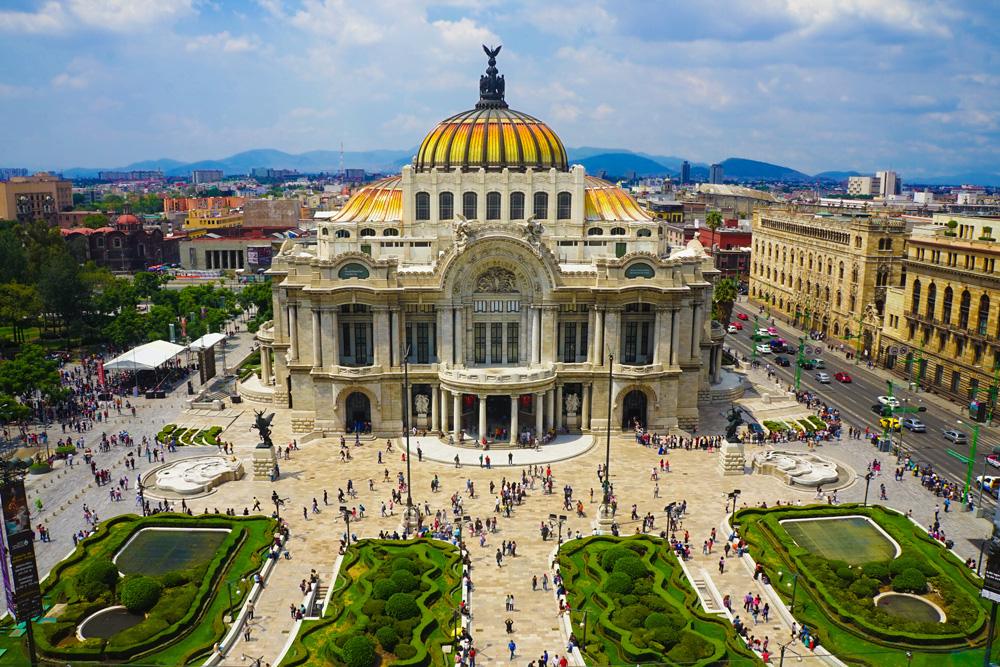
The Museo Nacional de Arte is the Mexican National Art Museum which houses a large collection representing a history of Mexican art from the late pre-Hispanic era (16th century) to the early 20th century.
Returning to modern-day Mexico City, the Torre Latinoamericana is one of the best-known skyscrapers in South America. Completed in 1956, it is 182 metres/590 feet tall and you can take the elevator to the observation platform for amazing panoramic views of the city.
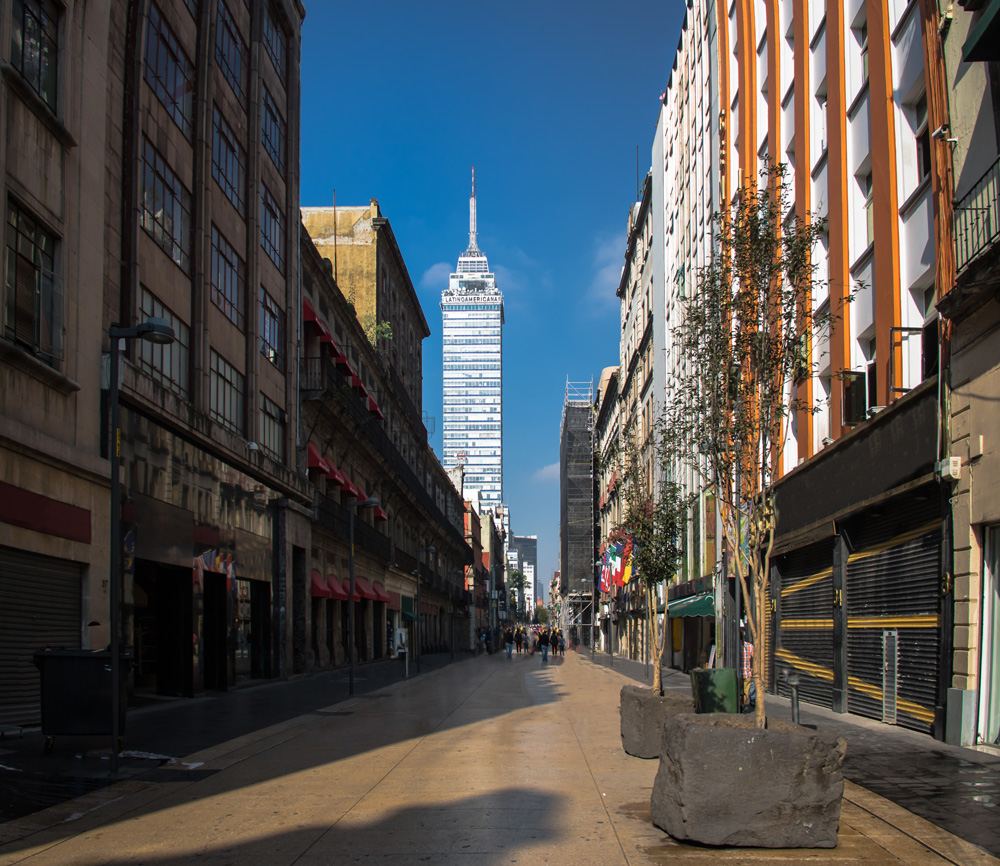
Chapultepec Park
Chapultepec Park is an enormous, beautiful, and vast green lung in the centre of Mexico City and a must visit on your Mexico vacation. Once again, we get into superlatives. It is the oldest and largest urban park in South America and one of the oldest urban parks in the world. It is a large, partly forested area completely surrounded by the urban centre of the city. If you visit this park, not only can you stroll around its leafy avenues but you can take in some of the nine museums, the zoo, an amusement park, and a castle. El Lago de Chapultepec is an artificial lake located near the zoo and Chapultepec Castle. You can rent a rowing boat or a pedal boat and enjoy the scenery from a different perspective on your stay in Mexico City. The most significant museum here and the largest and most visited in Mexico is the world-renowned National Museum of Anthropology, which is considered to be one of the most famous archaeological museums in the world. It is a beautifully striking building as well as having excellent exhibit halls with artifacts from Mexico’s pre-Columbian heritage through to the beginning of the Colonial period. On top of a hill stands Chapultepec Castle, a reminder of Mexico’s bygone aristocracy begun in 1785 but not completed until after independence. It was the home of, Emperor Maximilian and Empress Carlota from 1864. Today, it is a more of a museum.

Coyoacan
Coyoacan may be hard to pronounce but it is a very colourful and lively neighbourhood with its many museums, cafes, restaurants, bookstores, and markets to explore on a Mexico vacation. It has been home to several Mexican celebrities. This is where Frida Kahlo, the well-known artist and wife of Diego Rivera, spent most of her life having lived in the same house until her death. This house is known as La Casa Azul (The Blue House) and was donated by Diego Rivera to make it a museum in her honour after her death. Kahlo’s, Rivera’s, and some other artists’ works are on display as well as photographs, artifacts, and personal items. I have thoroughly enjoyed spending time here and learning not only about her life but about the events of the time. Another highlight here is the Mercado de Coyoacan, a typical outdoor Mexican market at which you can find anything and everything you may need, from groceries to local handicrafts. This is the perfect spot to look for souvenirs at prices generally lower than those in central Mexico City.
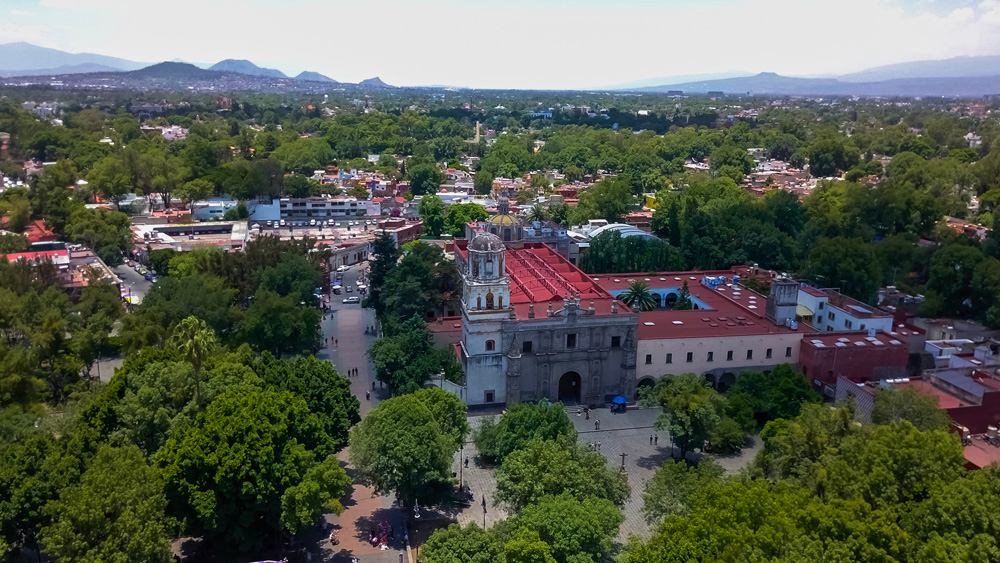
Polanco
Polanco is a popular, fashionable, and upmarket neighbourhood. It is known for its upscale shopping and restaurants. There is one main thoroughfare along which a large number of designer stores can be found as well as some excellent restaurants. Look out for the Sala de Arte Publico Siqueiros, which is a fascinating display of the artwork by David Alfaro Siqueiros. This 20th century Mexican artist who specialized in murals also created numerous paintings, drawings, and graphic works. The Soumaya Museum in Polanco contains the Mexican billionaire, Carlos Slim’s private collection of art, sculpture and other items including works by Picasso, Renoir, Dali, Van Gogh, and many Mexican artists. The collection of over 66,000 pieces has been divided into two buildings due to the number of items. In Polanco, there is a very pleasant small park with a lake called Lincoln Park. Tianguis, an Aztec term given for weekly open-air street markets, can be found in this particular park.

San Angel
More serene and laid back but still an interesting neighbourhood, San Angel is peaceful and picturesque. It is home to a number of art galleries, beautiful churches, and artisan markets. The heart of San Angel is the Plaza San Jacinto where you will find some excellent restaurants as well as attractive historical buildings. Something not to be missed on Saturdays is the Bazaar del Sabado, a lively and upmarket bazaar where you can purchase handicrafts of the highest quality from all over Mexico. This includes jewellery, textiles, woodcraft, and ceramics. Live performers make appearances and local artists display their work for sale. The Museo Casa del Risco is a 17th century mansion and one of the prettiest houses in the square. It has an excellent collection of 17th- and 18th-Century European and Colonial Mexican artwork. Another museum to visit on your Mexico vacation is the Museo Casa Estudio, once the art studio of Diego Rivera.
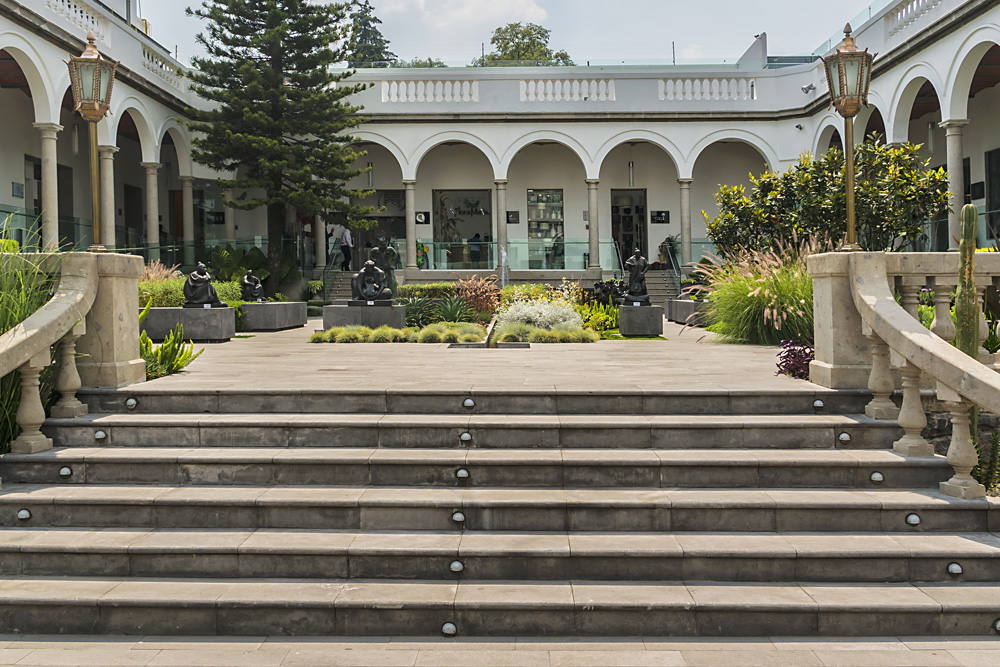
La Condesa and Roma
I have lumped these two neighbourhoods together as they run side by side with no particular clear emphasis as to where one becomes the other. To some, La Condesa is the bohemian quarter of Mexico City. It is a fashionable neighbourhood with tree-lined streets and any number of boutique stores, cafes, and restaurants to choose from and frequented by the locals. When here, you would never know you were in the midst of a large city. In the heart of La Condesa is the attractive Parque Mexico, which is mostly occupied by locals relaxing, walking their dogs, reading a book, etc.
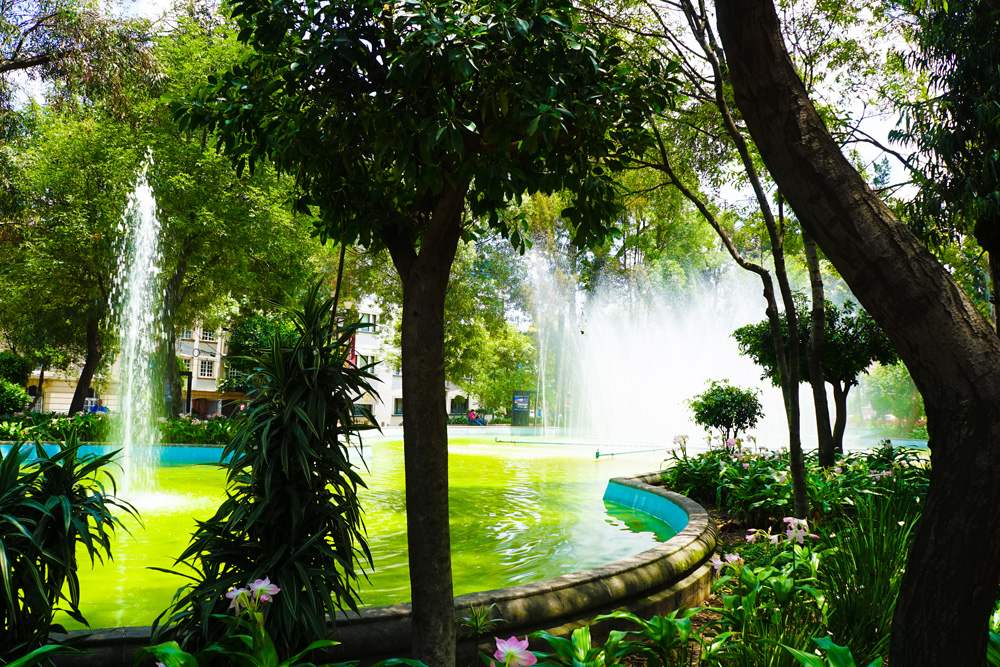
Roma is known as the hipster neighbourhood. Besides residential buildings, the streets are lined with restaurants, bars, clubs, shops, churches, and galleries. Many are housed in former French-style mansions dating from the beginning of the 20th century. Mercado Roma is a covered market filled with little food counters from some of Mexico City’s most popular restaurants and cafes. In Roma, you can find plenty of little boutiques filled with everything from vintage clothes to independent designer items. In both La Condesa and Roma are streets with gorgeous colourful homes, some of which are beautifully restored Art Deco buildings.
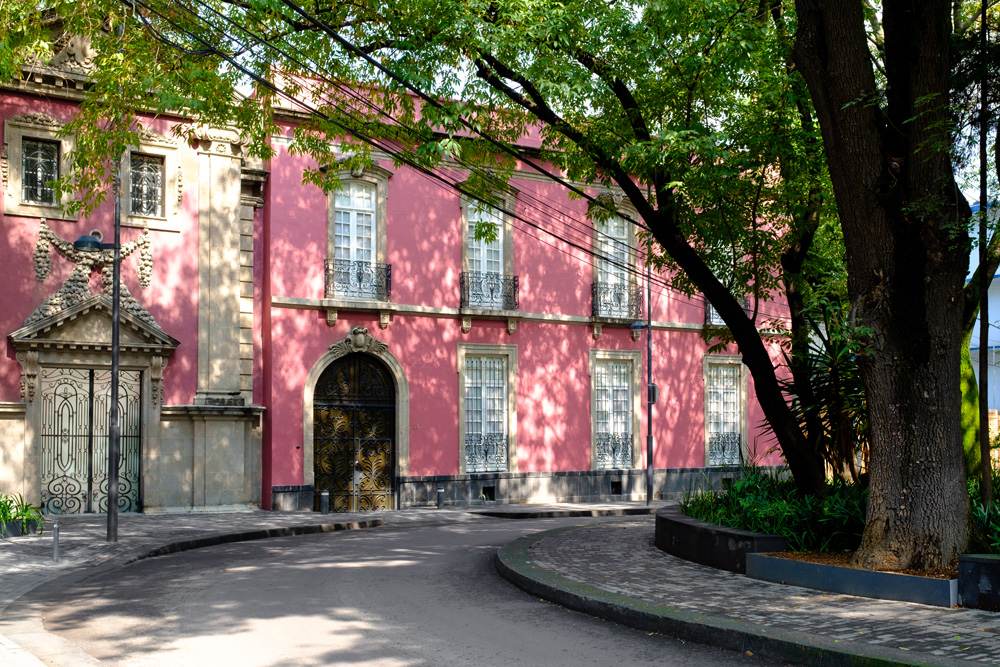
Certainly, on your visit to Mexico City, you can find other neighbourhoods. But, should you be able to cover just the above, you will be more than satisfied with your Mexico vacation.
Get more travel inspiration by email.
Subscribe
0 Comments

Get the latest travel trends & hear about the best deals on vacations around the world.
If you’re a Globetrotter, these are the newsletters for you!

